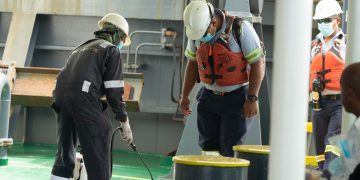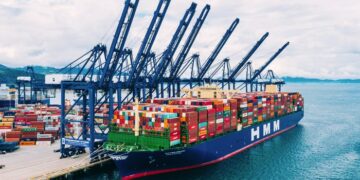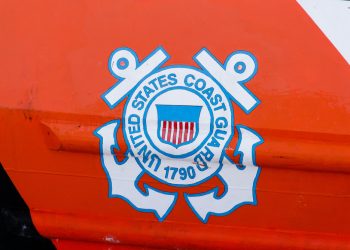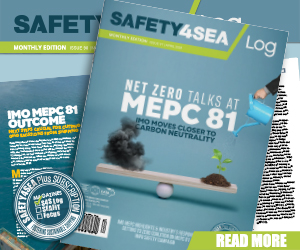After the MoUs conducted a joint concentrated inspection campaign (CIC) in 2019, they revealed that the muster lists lacking sufficient detail was one of the most notable deficiencies found.
Accordingly, the MOUs seem to agree that Question no.5 on the questionnaire: “Does the muster list specify details in accordance with the requirements of SOLAS 1996-1998 Amendment, Chapter III, Regulation 37?” yielded one of the most unfavourable results of the campaign.
With 178 deficiencies related to muster lists, the Tokyo MOU even concluded that this was the most notable deficiency found during the campaign. Other MOUs, such as the Indian Ocean and Abuja, also observed that some crews were unfamiliar with the operation of their ships’ emergency equipment.
According to Gard, altough Paris MoU has yet not published its CIC results for 2019, its online inspection results for the campaign period seem to support those of other MOUs.
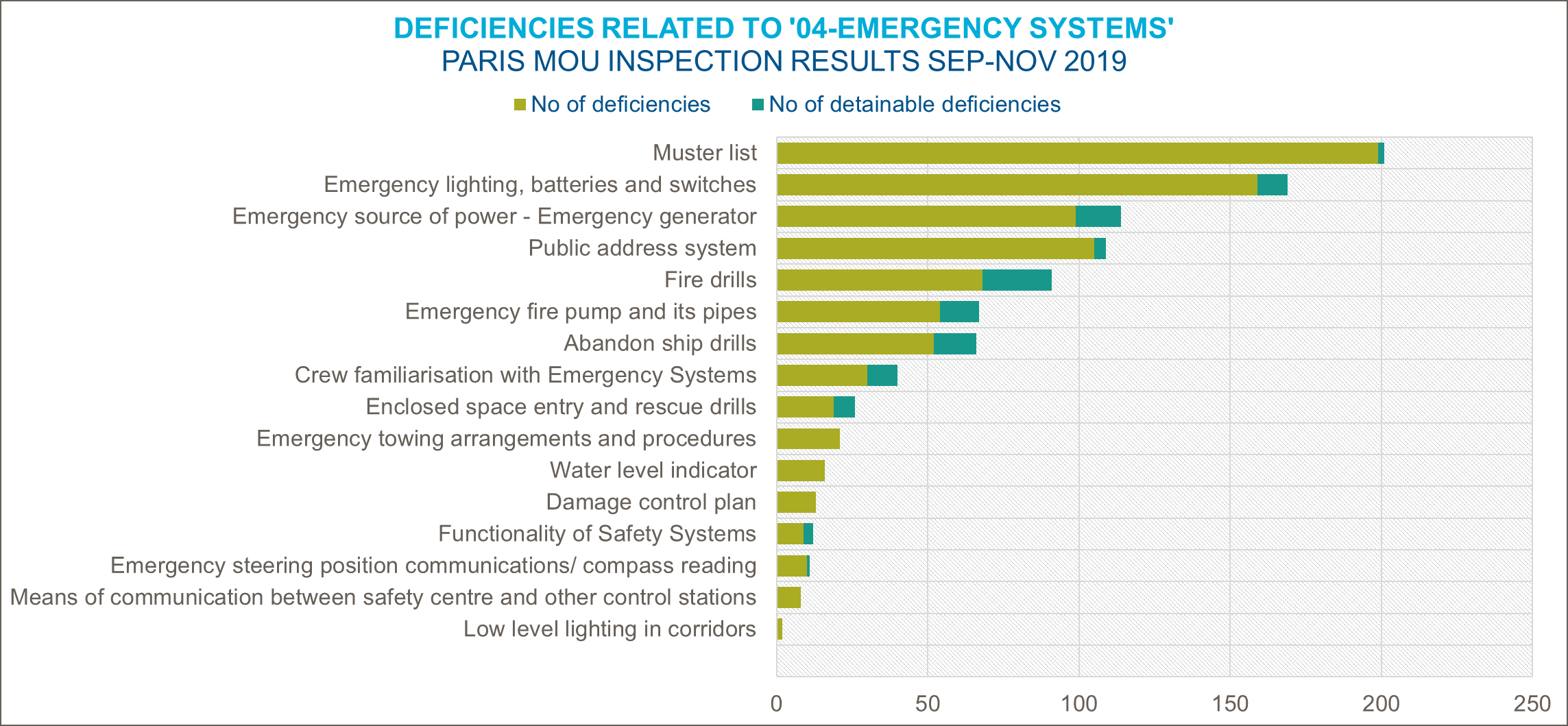
In light of the graph above, Gard advises that operators and masters take note of the results and ensure that their vessels’ muster lists are up to date and meet the requirements of SOLAS Reg.III/8 and Reg.III/37 by providing sufficiently detailed instructions for crews to respond effectively in a real emergency.
Concerning vessels with significant numbers of non-English speaking crew members, the muster list should also include translations into the appropriate language or languages.
masters should bear in mind that there is no substitute for onboard training and drills – everybody onboard must be familiar with the procedures to be followed, their duties and equipment to be used in an emergency,
… Gard highlights.
In addition, shipboard emergency plans about different categories of emergencies are required under the provisions of both SOLAS and MARPOL and their importance are further emphasized under Section 8 of the ISM Code.
The muster lists includes duties of members in case of an emergency, such as
- the preparation of survival crafts and other life-saving appliances
- the closing of watertight and fire doors, and all other openings such as skylights, portholes and side scuttles and any openings in the hull.
Duties in connection with fire-fighting, the use of communication equipment and the equipping of survival craft must be included. Where passengers are carried onboard, the duties also include warning and assembling passengers, controlling their movement, seeing that they are suitably dressed and wearing their lifejackets correctly.
Also, the list should include details of the general emergency alarm and other emergency signals and the corresponding action to be taken by the crew. Where appropriate, communication equipment, channels and reporting chain to be used during an abandonment or other emergency should be specified. How the order to abandon ship is to be given must be included, as must the survival craft or launching station to which each crew member is assigned. It must also show the name or rank of officers whose duty it is to ensure that the life-saving and fire-fighting appliances are always maintained ready for use.
Concluding, the Master is the one responsible for compiling the muster list, keeping it up to date and ensuring that copies are exhibited in visible places throughout the ship, including the navigating bridge, engine room and crew accommodation.










